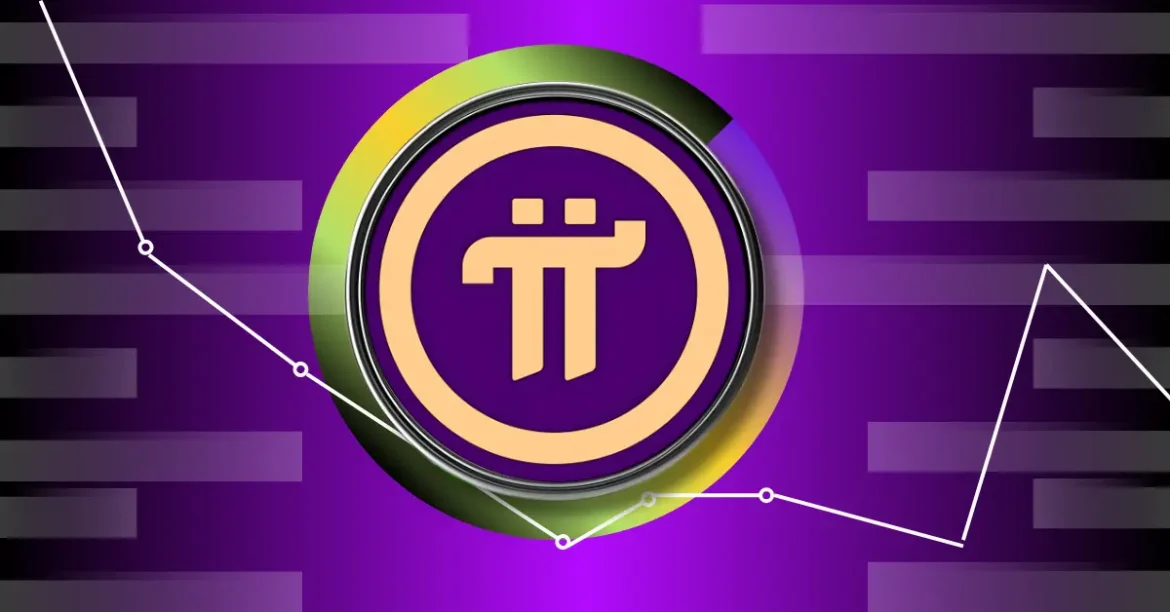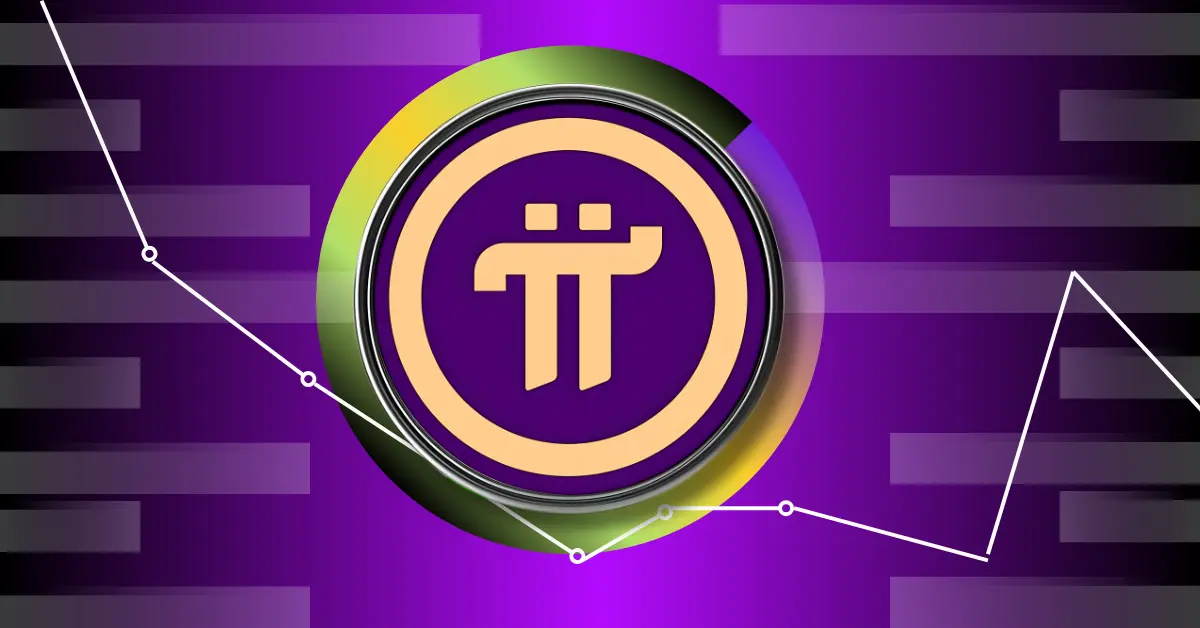Navigating the Turbulent Fall of Pi Network’s Price
Pi Network, once heralded as a groundbreaking mobile-friendly cryptocurrency, has experienced a tumultuous period marked by sharp price declines, heightened market uncertainty, and growing skepticism within its user community. The ongoing challenges stem from a confluence of geopolitical events, market sentiment shifts, project-specific issues, and structural factors intrinsic to the token’s release mechanism. Understanding the trajectory of Pi’s plunge—ranging from 13% drops in single sessions to catastrophic losses exceeding 80%—requires a layered analysis that connects external shocks with internal project dynamics.
—
Geopolitical Instability and Its Immediate Market Impact
One of the most recent catalysts contributing to Pi Network’s price plunge was the spike in geopolitical tensions, specifically Israel’s military strikes linked to broader Middle East conflicts. These events have rippled through global cryptocurrency markets: Bitcoin suffered a 3.5% decline, major altcoins fell between 6% and 9%, and Pi Network’s token price dropped around 13% within a 24-hour window.
Such geopolitical turmoil typically triggers risk-off sentiment, where investors liquidate holdings in assets perceived as volatile or speculative—cryptocurrencies being particularly vulnerable. Pi’s significant 13% overnight slump highlights the fragile investor confidence that can be unsettled even by broader global events unrelated to the project itself.
—
The Aftermath of Hype and the Price Correction
Prior to these geo-economic shocks, Pi Network had enjoyed spectacular gains—its market capitalization more than doubling from $4.5 billion to $8.8 billion within a single week, fueled primarily by hype around its open mainnet launch and ecosystem announcements. However, this rapid appreciation initiated an inevitable correction cycle. Reports indicate swings of 40% or greater over weeks, culminating in sharp sell-offs as enthusiasm faded and token holders took profits or exited amid growing concerns.
The launch of a $100 million ecosystem fund designed to invite decentralized services and mini-games into Pi’s ecosystem also paradoxically coincided with a 13% price retreat. While such funds are typically positive long-term signals, the market interpreted this move skeptically, perhaps viewing it as premature or insufficient to justify the inflated valuations. This underscores the caution investors now exercise towards speculative announcements lacking immediate tangible impact.
—
Structural and Technical Challenges Facing Pi Network
Fundamental to Pi’s volatility is the structural setup of its token release and network governance, which has been a double-edged sword. Token unlocks—where large batches of Pi become liquid—occur regularly and have repeatedly triggered downward price pressures. For example, one critical unlock event saw 1.5 billion new tokens flooding the market, exacerbating sell-side pressure and leading to disturbances nearing an 80% price decline from peak levels.
Analysts have raised red flags around Pi Network’s alleged centralization and opaque operations. Comparisons to failed projects such as Terra Luna have surfaced, drawing attention to concerns about insider control and lack of transparency that undermine broader investor trust. Additionally, the prolonged delays in essential mainnet features, such as Know Your Business (KYB) approvals, frustrate community participants eager for real utility and project maturity.
—
Market Sentiment, Community Activity, and Speculative Dynamics
Despite these challenges, there remain pockets of positive activity within the Pi community. Domain name auctions, for instance, have witnessed over 200,000 bids, signaling sustained user engagement with ecosystem tools. Yet, overall market sentiment has tilted bearish, with key technical indicators such as the Relative Strength Index (RSI) dropping and resistance levels holding firm, suggesting limited near-term recovery potential.
Notably, expert prognoses hint at a continued downward trajectory, forecasting price dips to around $0.30 before the possibility of a rebound. The combination of weak buying pressure, ongoing token unlocks, and persistent negative macro conditions means that a significant price floor recovery is unlikely before August or later.
Simultaneously, the project’s broader adoption potential remains debated. While Pi Network boasts a large user base and the promise of over 100 decentralized apps (DApps), critics argue that these developments have yet to translate into meaningful economic activity or sufficient demand on exchanges to stabilize or propel the token upward.
—
Looking Ahead: Potential Catalysts for Revival or Further Decline
Several factors might influence Pi Network’s future trajectory, offering both hope and caution:
– Decentralization Transition: Moving away from insider-driven control toward genuine decentralization could restore some investor confidence.
– Mainnet Progress & Utility: Successful implementation of decentralized business approvals, enhanced developer tools, and real-world application usage may attract fresher demand.
– Macro Crypto Market Trends: A stabilization or bull phase in broader cryptocurrency markets would likely buoy Pi’s price sentiment.
– Regulatory Landscape: Clear regulatory frameworks, especially in major markets such as the U.S., could reduce speculative angst and improve institutional interest.
Nonetheless, the project must overcome significant hurdles related to governance transparency, tokenomics sustainability, and user retention amid a marketplace increasingly wary of speculative, hype-driven tokens.
—
Conclusion: A Crossroads Between Promise and Peril
Pi Network’s recent sharp price declines, spanning from partial retracements of 13% during geopolitical unrest to catastrophic losses nearing 80% following token unlocks and fading hype, illustrate the profound volatility gripping nascent crypto projects. While the platform retains a foundational user base and nascent ecosystem developments, its future viability hinges on executing on decentralization promises, delivering tangible utility, and navigating broader market uncertainties.
Investors and community members face a critical juncture: whether Pi Network can transform early enthusiasm into sustainable growth or if structural and market pressures will continue to erode its standing. As it stands, the path forward demands both cautious scrutiny and optimism tempered by realism—highlighting the complex interplay of innovation, speculation, and external risks within the evolving cryptocurrency landscape.





